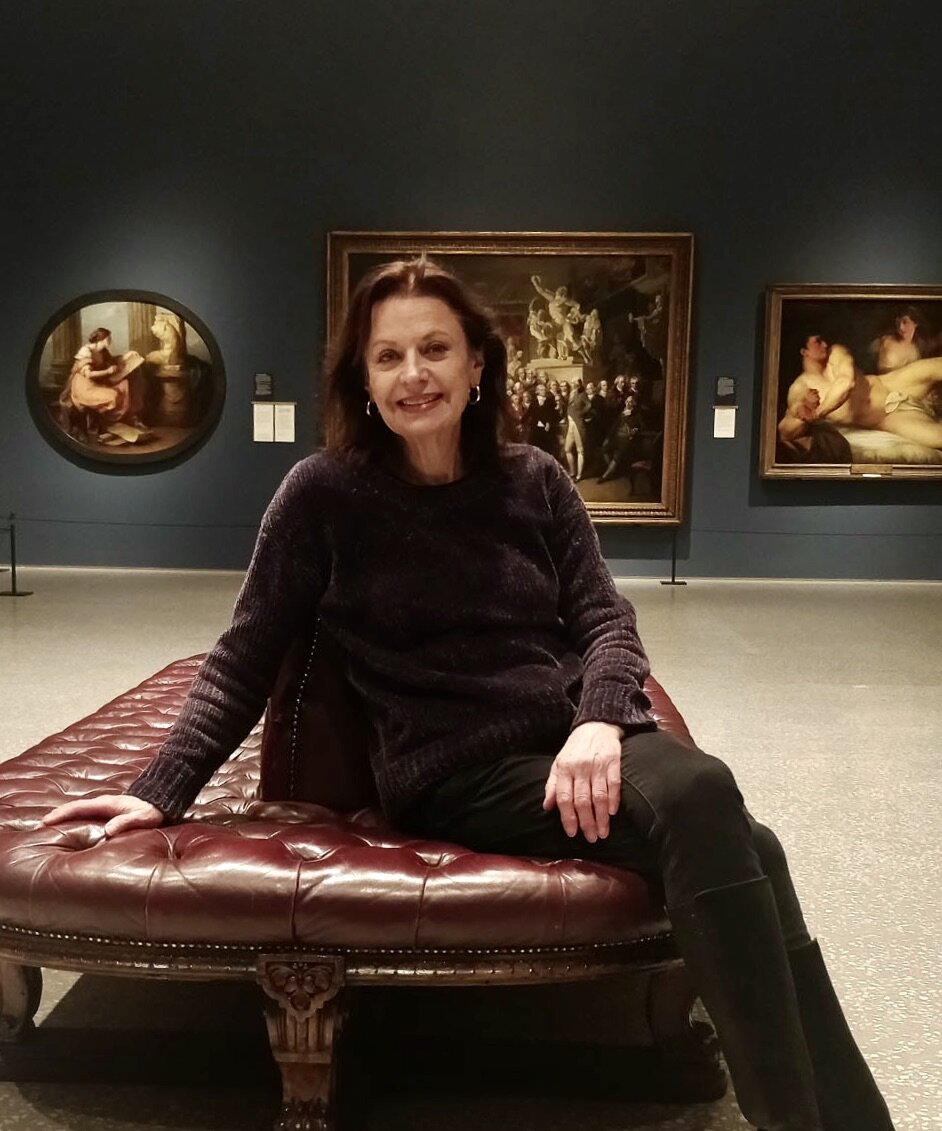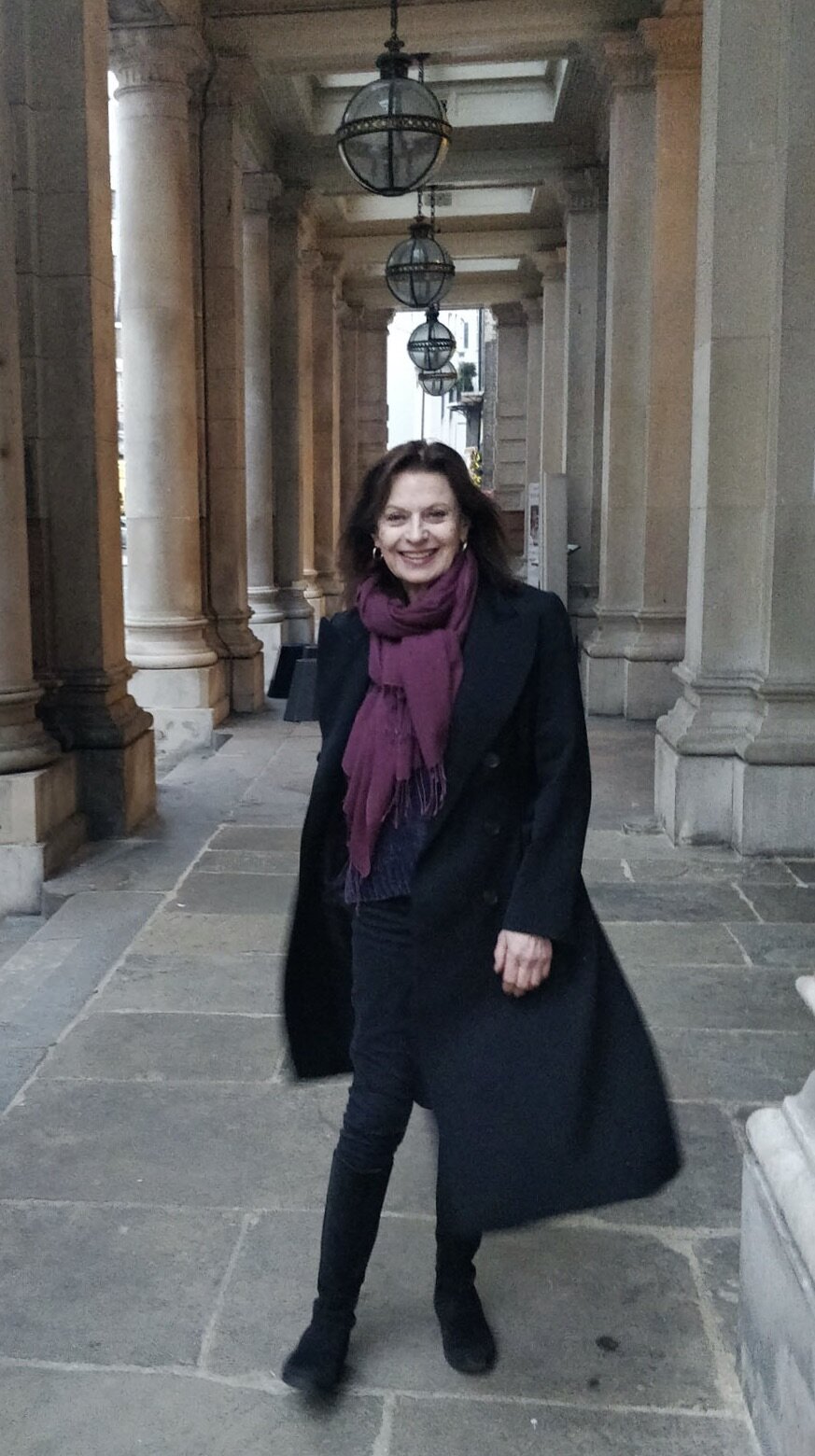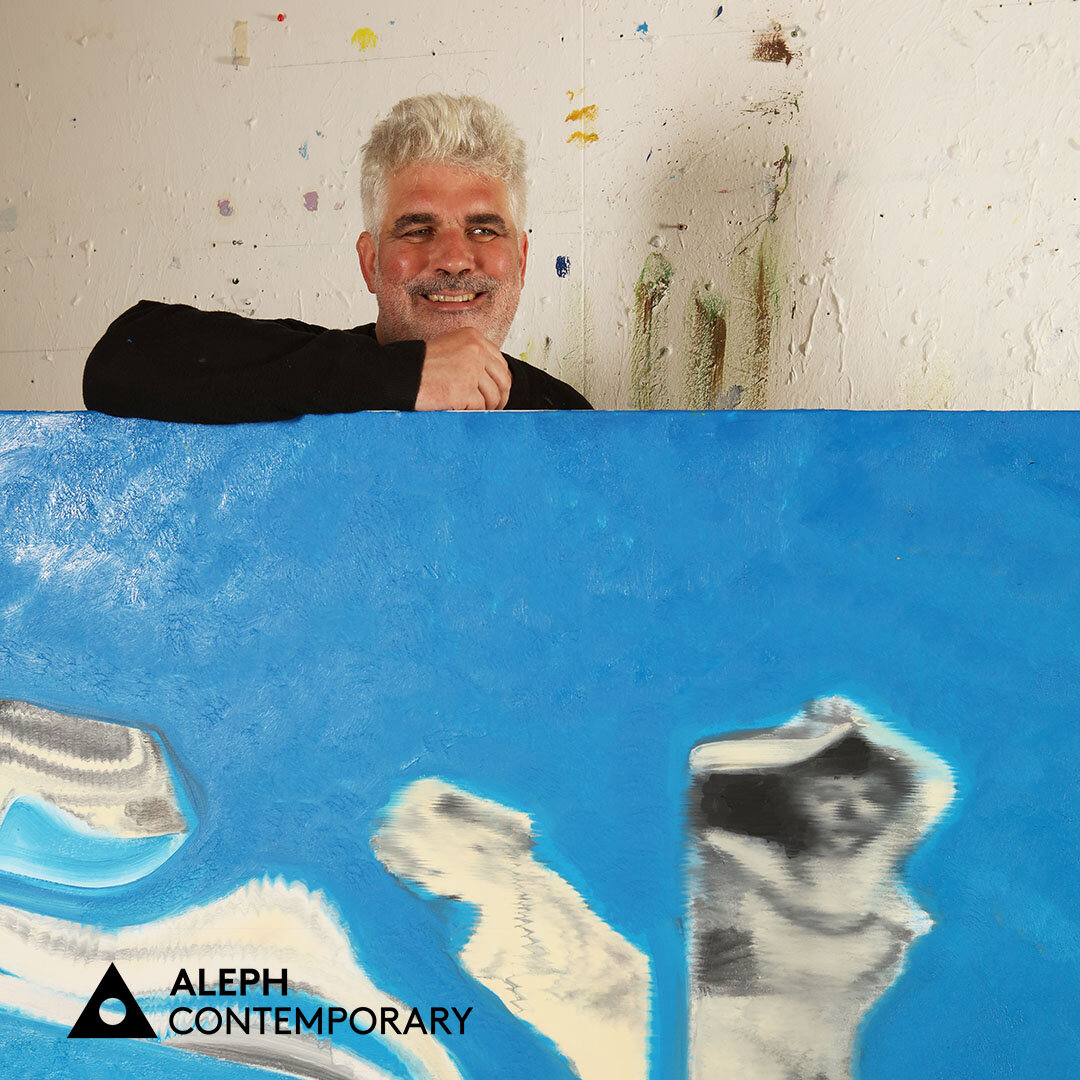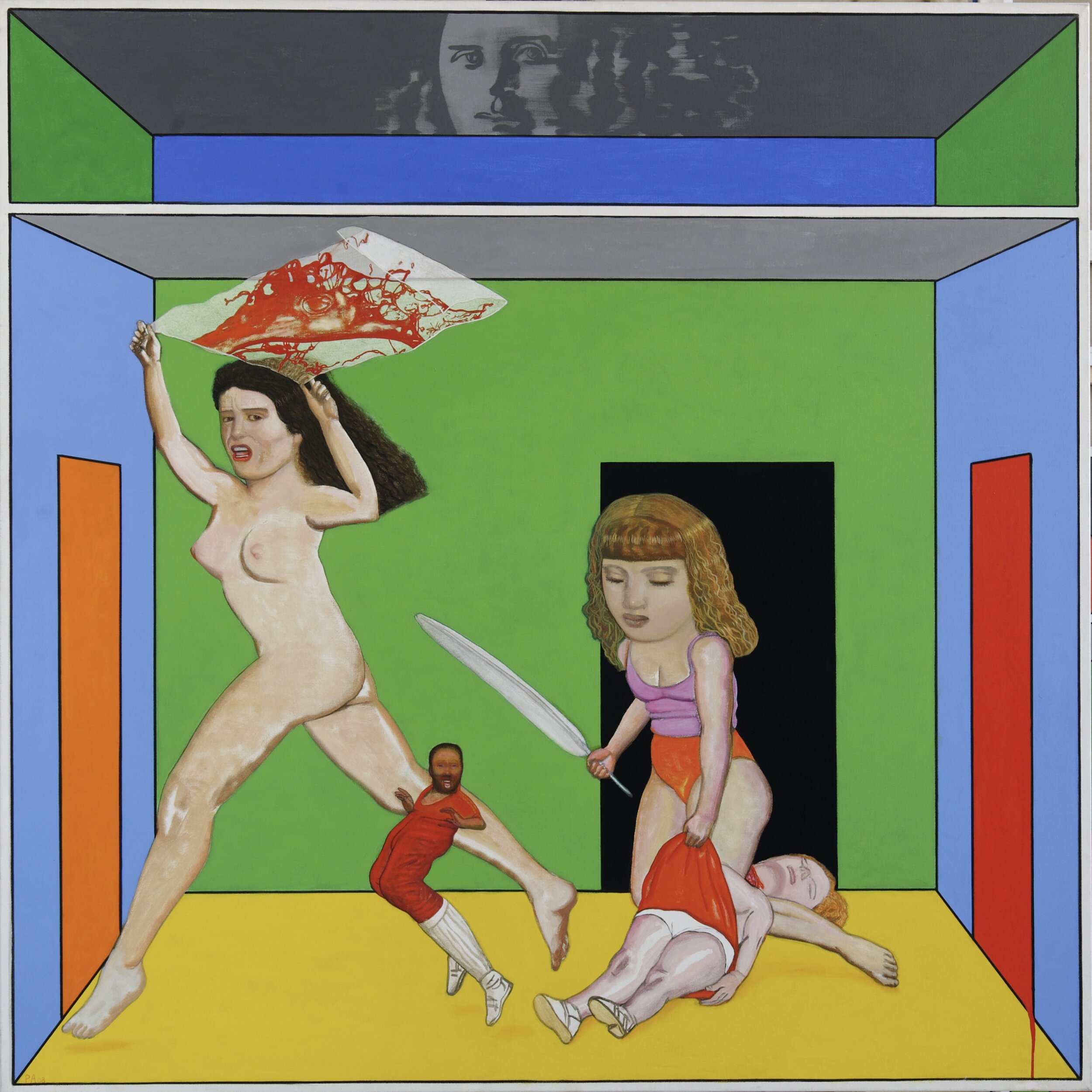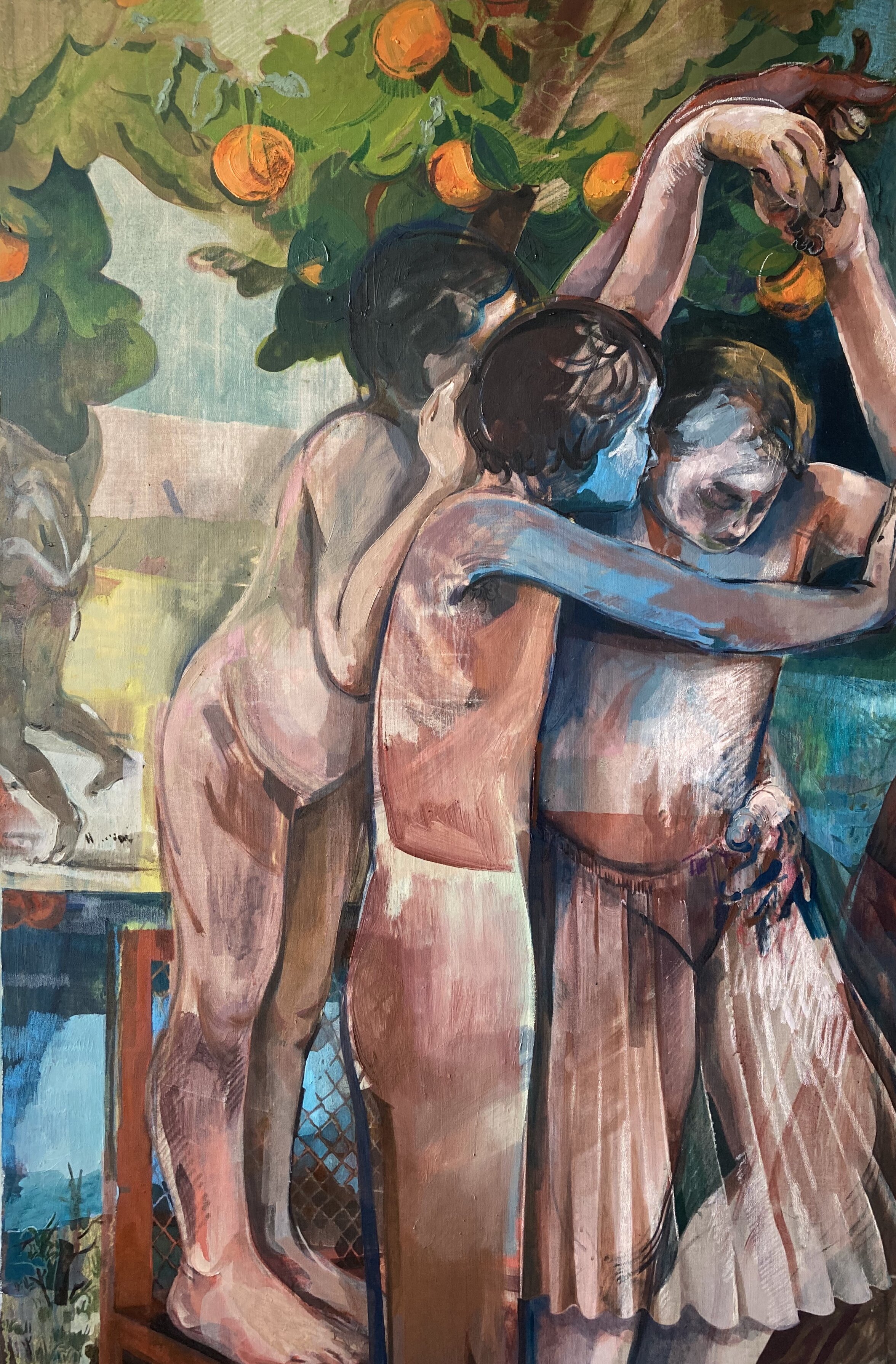Vivienne Roberts
Vivienne Roberts has worked in the fine arts field for over forty years and seeks to identify artists who have yet to be recognized by the international market and who are “direct witnesses of their time.” Throughout her work with historic modernism and contemporary art, Vivienne is committed to the highest in aesthetic standards and artistic practice. She notes that while her areas of focus are Impressionism and Modern Art, she is also engaged in the study of the Old Masters, as well as Asian Art and Primitivism, explaining that her taste and interest in modern painting has its origins in looking at its sources and inspirations.
With this same thoughtful and dynamic approach, Vivienne sources unique contemporary art for her clientele including exciting new artists as well as renowned practitioners. In cooperation with business partner Nicholas Wells www.nicholaswells.com at Aleph Contemporary, Vivienne works closely with architects, interior designers and private clients.
Vivienne began her career as an antique dealer in Dorchester-on-Thames, near Oxford, followed by a move to Paris where she became a fine arts’ agent sourcing fine French furniture and, in collaboration with Paris experts, Impressionist and Modern painting, placing masterworks including paintings by Edgar Degas, Georges Braque, Pablo Picasso, Fernand Léger, Marc Chagall, Francis Bacon, and Zao Wou-Ki. Vivienne is bilingual in French and English and studied fine art at St Martin’s School of Art, London.
Could you tell us a little more about your background and where does your interest in art originate?
I suppose I’ve been involved with art all my life. As a child, my parents took me to endless museums and cathedrals across Europe. I grew up surrounded by Old Masters and antiques. I dropped out of St Martin’s art school and became an antique dealer. In the 90’s when I lived in Paris, I used to source works of art for clients in London and New York. I spent a great deal of time looking at paintings and, due to my contacts, I gravitated towards the secondary market, mostly for Impressionist and Modern Masters. When I read the diary of Parisian art dealer René Gimpel (1881-1945) who knew so many artists personally, I thought it must be so interesting to work with living artists.
How would you describe the program and vision of your gallery?
I am passionate about art and its raison d’être. The term ‘fine art’ implies the purely aesthetic, but what art actually does is reflect what it means to be human. In essence, human psychology has not changed, unfortunately, but what does continually change is the world around us. As a gallery, we are interested in showing artists who are profound and reflective, who make art that tells us something about the human condition by the way we relate.
What sets your gallery apart from other galleries?
We focus on painting that is not only masterfully executed but which draws you in to look closer, deeper. Painting should have an effect on the nervous system, be visceral. I take a keen interest in our artists’ development. I follow their work closely and encourage them to push beyond boundaries to explore their insights and glimpses of the unconscious.
Is it more common for you to search for artists or do they approach you? What specifically would entice you to display their work in your gallery?
Most of the time I prefer not to be approached because it puts me in the difficult position of having to refuse. However there are exceptions, as there are to every rule. I have to feel something ineffable that touches me when I look at a work. I first saw the paintings of Joana Galego when she won the Denis Mahon Award, at the Royal Drawing School, and I was amazed by the maturity and perception of such a young woman. I felt an instant connection with her.
Who are the artists you are working with at the moment?
I have been working closely with British painter Dan Coombs who has curated ‘The Just’, which features twenty-four wonderful artists headed by guest Dutch master painter Pat Andrea (whose very edgy fantasy magical realism works feature in museums around the world). I should mention we made a fascinating video of Dan interviewing Pat, which can be seen on our website. For anyone interesting in painting, it’s a must.
Our other exhibition is ‘The Road To Utopia’ beautifully curated by New York based Rosa JH Berland, and featuring Alex McAdoo, Lee Johnson and Jaime Valtierra.
I’ve been encouraging Alastair Gordon to explore things I saw in his sketchbooks, and I think he’s had a breakthrough. He’s left behind the security of painting what he knew he could sell for the insecurity and excitement of discovering something new. I admire that. I’m excited to see what happens next.
How would you characterise the artists you work with?
They are passionate, like me, which is why we understand each other. They read. Most of them knew about Jorge Luis Borges and the strange tale of The Aleph from where we take our name. The synergy is in the awareness of what it means to be human and the need to understand actually what is deeply felt yet so hard to express. Art may capture the intensity of a fleeting moment.
Based on your experience, can you give an explanation as to why people begin to collect art?
That’s a good question. If it wasn’t for collectors there would be no bodies of work beyond the studio. The passionate collector is after a complete representation of the artist’s oeuvre. I think the ‘bug’ which they call it, comes with deepening knowledge, the excitement of discovery and acquisition. Collecting establishes connection and identity, too. Art is also something you can keep, it lasts, and so in a way it’s the antidote to the fleeting. There is also the social side of the art world - meeting people, getting involved with artists and their careers, galleries and museums. It’s an entry into another world where vulnerability is a quality rather than a handicap. But in the current climate, sadly much of that is on hold.
Emerging art is a trick thing. How are you able to identify potential?
Dedication, passion, vulnerability - and the necessity to make art as though your life depended on it. Our artists are highly educated in art history. They are eloquent, as you will see if you read the essays they write for our Journal. They are the heirs to their predecessors finding new ways to reflect not only their time but all time.
What is the role of the collector in the world of today’s contemporary art?
Without the collector, artists could not survive financially. They depend on collectors which is also why so many avid collectors become involved in the careers of the artists they collect. It’s a symbiotic relationship. The collector follows the artist’s career and becomes involved to give support.
In what direction would you say the art market Is heading right now?
With COVID-19, the frenzy has calmed down. No art fairs, no rush. The only way forward is online. Online viewing allows time to reflect with sales pressure. Virtual exhibitions are now the norm soon to become Virtual Reality. It was happening anyway because it’s a way to reach collectors worldwide.
“I feel more confident about getting new clients online that at most art fairs”, says heavy-weight dealer David Zwirner. “If there were fewer regional art fairs, but stronger online offerings, it could do everyone a favour - and the environment.”
That is no doubt true at the high end but emerging artists do need to show their work physically before there can be online confidence in it. It’s easier to buy online the work of an artist you have already seen in the flesh, as it were. It’s going to be very tough going, and everyone will miss meeting people, the buzz and the champagne.
Are there any projects you are currently working on and about to speak about?
Several exhibitions in the works with some eminent curators. Some of the shows don’t yet have titles:
15th October - 15th December: ‘Reflections’ with Joana Galego, Paul Newman, Oliver Dorrell and Ben Westley Clarke, curated by me with Rosa JH Berland.
15th November - 14th January: Solo show for Michael Ajerman, curated by New York adviser John Silvis.
15th January - 14th March: Katie Pratt, Rebecca Meanley, Mark Wright, curated by Alistair Hicks.
‘Street Cred’ works on paper curated by Alistair Hicks is now rescheduled for next Spring. Dates are not yet fixed.
15th March - 15th May: Joana Galego, curated by Catherine Goodman.
I hope that next year we will also be able to bring some of the shows to physical spaces.
Watch this space.
Website: www.alephcontemporary.com
Instagram: www.instagram.com/alephcontemporary
Facebook: www.facebook.com/alephcontemporary/

